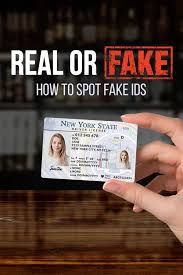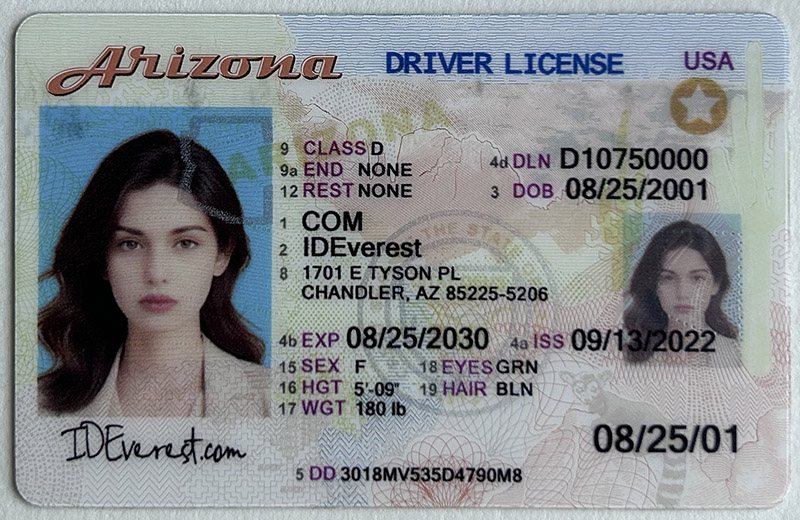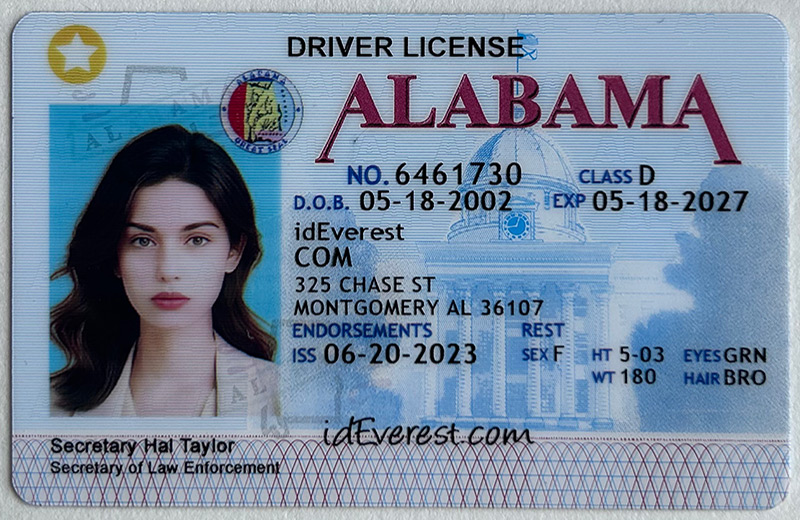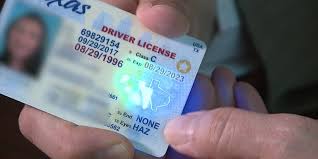scannable ids
Introduction to Scannable IDs

In today's digital age, identity verification has become increasingly important, whether for social interactions, online businesses, or security purposes. One of the products that has garnered significant attention is scannable IDs. These are high-quality, forged identification cards designed to replicate official IDs closely. While this product category may seem controversial, it serves a range of purposes, from entertainment and novelty uses to being a tool for testing and security training.
Scannable IDs are designed to pass various verification checks, including visual inspections, barcode scanning, and in some cases, even more sophisticated authentication methods. This article will explore the features of scannable IDs, answer common questions about them, delve into user experiences, and discuss potential issues and solutions when using these IDs.
Product Features
1. High-Quality Replication
Scannable IDs are crafted with meticulous attention to detail to ensure that they resemble official identification documents as closely as possible. This includes:
- Holograms and Watermarks: These are essential security features that many official IDs include. Scannable IDs replicate these with high precision.
- Material and Print Quality: The cards are made from durable materials and use high-resolution printing techniques to ensure a professional look and feel.
- Embossing and Microprinting: Advanced printing technologies are used to replicate the tactile and visual features of official IDs, including embossing and microprinting.
2. Barcode and Magnetic Stripe Encoding
Many scannable IDs come equipped with barcodes and magnetic stripes that contain encoded information. These can be read by scanners in a way that mimics how real IDs would behave. The encoding process is carefully managed to ensure that the data on the card matches what would be expected of a genuine ID.
3. Customizability
Users can often customize scannable IDs to include their desired information. This may include:
- Name and Address: Personal details that match the intended use of the ID.
- Photo and Signature: High-quality digital uploads ensure that the ID appears authentic.
- Additional Features: Some services allow for the addition of custom features like specific state logos or additional security features.
4. International and Local Variants
Scannable IDs are available in multiple variants, representing different regions and countries. Whether someone needs a U.S. driver's license, a European ID card, or other types of identification, there are often options available that are specific to various locales.
Common Questions
1. Is it legal to own a scannable ID?
Owning a scannable ID is a grey area legally. It largely depends on the intended use. For novelty purposes, such as cosplay, or as a keepsake, owning such an ID might not necessarily be illegal. However, using it to impersonate someone, gain unauthorized access, or for fraudulent activities is illegal and can result in severe penalties.
2. How realistic are scannable IDs?
The realism of scannable IDs depends on the quality of the provider. High-end scannable IDs can be very convincing, with details that closely mimic those of official documents. They often pass visual inspections and may even work in some scanning machines.
3. Can scannable IDs be detected as fake?
It depends on the level of scrutiny. Basic inspections might not catch a well-made scannable ID. However, under thorough examination, especially by law enforcement or trained security personnel, these IDs might be identified as fraudulent. Advanced scanners that check for digital signatures or specific security codes might also detect these IDs as fake.
4. What should I do if I get caught with a scannable ID?
If caught with a scannable ID, it's important to remain calm and respectful. Depending on the circumstances and jurisdiction, penalties can vary. It is advisable to seek legal counsel if legal action is pursued. Additionally, always remember that these IDs should not be used in situations where legal identification is required.
User Reviews
Users of scannable IDs have varied experiences, depending on their intended use and the quality of the product received.
Positive Experiences
Many users report satisfaction with scannable IDs, particularly when they are used for harmless fun or novelty purposes. For example:
- John, 25: "I bought a scannable ID as part of a Halloween costume, and it looked incredibly real. Everyone was amazed at the level of detail!"
- Emily, 22: "I needed an ID for a social media project, and the scannable ID worked perfectly. The barcode even scanned!"
Negative Experiences
On the other hand, some users have encountered issues:
- Mike, 30: "I ordered a scannable ID, but the barcode didn't work when scanned. It was a bit disappointing considering the price."
- Sarah, 27: "My scannable ID was seized during a security check. It looked great, but obviously, it wasn’t enough to fool the scanner."
Issues and Solutions
Issue: Barcode or Magnetic Stripe Failures
Solution: Barcode and magnetic stripe failures can occur if the encoding process is not done correctly. Users experiencing this issue should contact their provider for a replacement. Reputable providers will usually offer a guarantee or a replacement policy.
Issue: ID Not Passing Visual Inspection
Solution: This problem may arise if the ID's details, such as photo quality or hologram replication, are not up to par. Ensure that you provide high-resolution images and clear information when ordering. If the problem persists, discuss the issue with your provider to see if improvements can be made.
Issue: Legal Consequences
Solution: To avoid legal trouble, it’s crucial to use scannable IDs responsibly. They should only be used in situations where there is no intention to deceive or commit fraud. Always remember that these IDs are meant for novelty purposes, and using them in any legal or official capacity can result in serious consequences.
Issue: Seizure of the ID
Solution: If your scannable ID is seized, it's important to understand that this is a risk associated with using such products. In some cases, you may be able to request a replacement from the provider, but it’s also a reminder to be cautious about where and how you use these IDs.
Conclusion
Scannable IDs are a fascinating product with a range of uses, primarily for novelty and entertainment purposes. They offer high-quality replication of official IDs, with features such as holograms, barcodes, and magnetic stripes. While many users find them useful and convincing, there are risks involved, particularly when used inappropriately.
The key to using scannable IDs successfully lies in understanding their limitations and potential consequences. They should never be used in situations where legal identification is required, and users should be aware of the legal risks involved in owning and using these IDs.
For those interested in scannable IDs, it's crucial to research and select a reputable provider who offers high-quality products and customer support. By doing so, users can enjoy the benefits of these IDs while minimizing potential downsides.
In summary, scannable IDs can be a fun and useful tool when used responsibly, but it's important to approach them with caution and awareness of the legal implications.
 Arizona Fake ID Cards
Arizona Fake ID Cards
 ideverest scans Alabama fake I
ideverest scans Alabama fake I
 Fake Florida DL
Fake Florida DL
 scannable Fake US-Green Card
scannable Fake US-Green Card